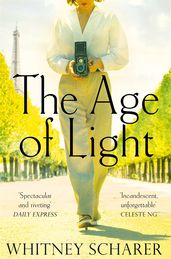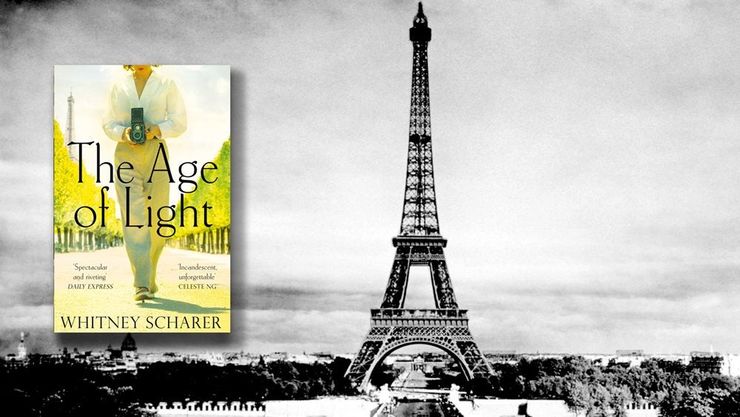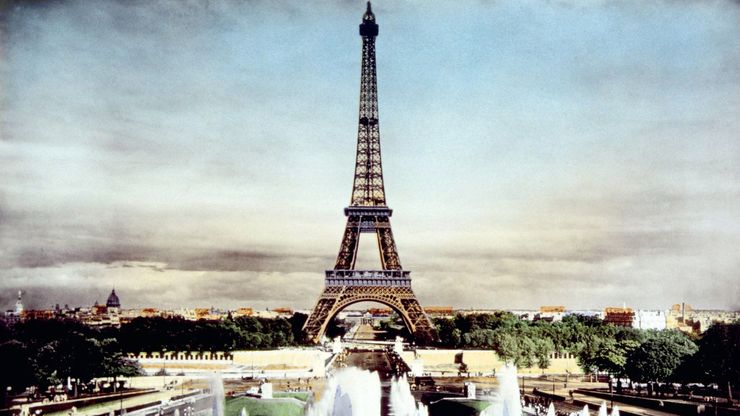Synopsis
For fans of Mrs Hemingway and The Paris Wife, Whitney Scharer's The Age of Light is the riveting, vivid and powerful story of the photographer Lee Miller and her lover, Man Ray.
Model. Muse. Lover. Artist.
Paris, 1929. Lee Miller has abandoned her life in New York and a modelling career at Vogue to pursue her dream of becoming a photographer. When she catches the eye of artist Man Ray she convinces him to hire her as his assistant. Man is an egotistical, charismatic force and they soon embark upon a passionate affair.
Lee and Man spend their days working closely in the studio and their nights at smoky cabarets and wild parties. But as Lee begins to assert herself, and to create pioneering work of her own, Man's jealousy spirals out of control and leads to a betrayal that threatens to destroy them both . . .
‘Powerful, sensual and gripping’ - Madeleine Miller, author of Circe
‘Fans of Mrs Hemingway and The Paris Wife will love this one’ - Elle
Details
Reviews
Scharer simultaneously conjures Paris of the Thirties - whether artists' studios, seedy dives or glamorous parties - with the deftest of brush strokes
A startlingly modern love story and a mesmerizing portrait of a woman’s self-transformation from muse into artist
Here Scharer tells a vivid story
This gripping insight into the bohemian Paris of the 1930s is packed full of passion and heart




